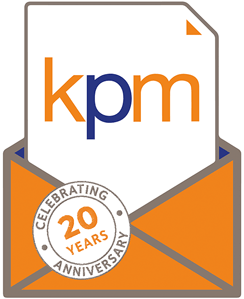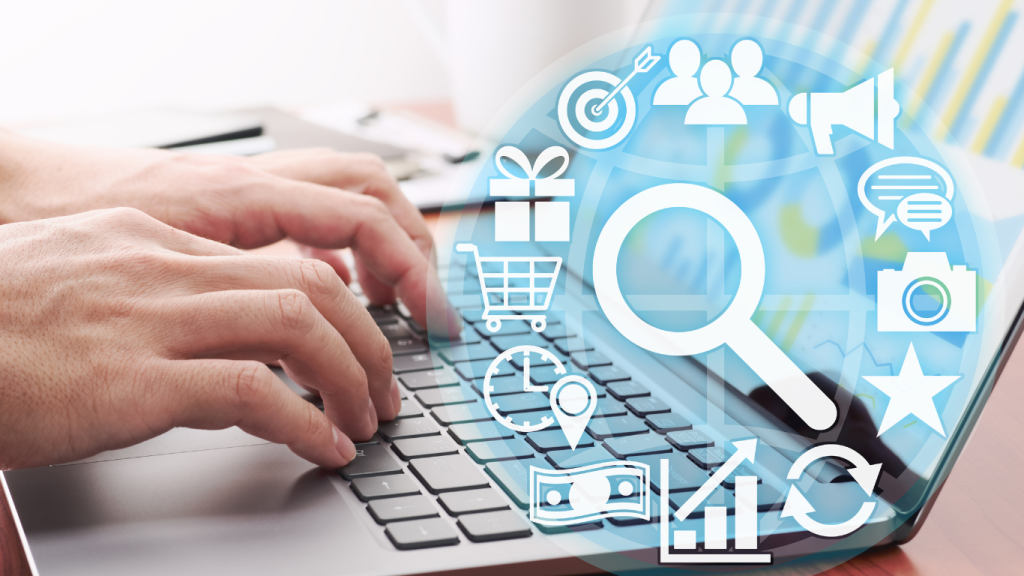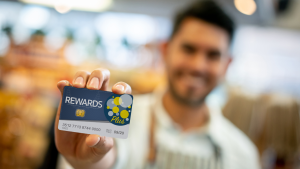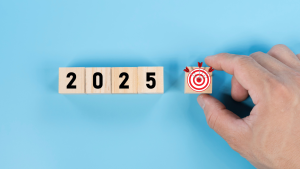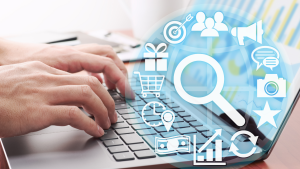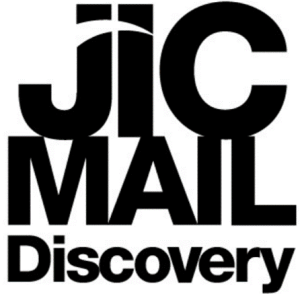A personal service could mean the barista knowing your name and favourite coffee. In marketing, it once meant adding your customer’s name to their mail or email. But now that we live in a connected world, where we have access to multiple devices, it means so much more.
Digitisation has made personalisation more complicated but has also brought huge opportunities for marketers. So, why does personalisation work, and how can you get it right?
Why Personalisation Works
“Remember that a person’s name is, to that person, the sweetest and most important sound in any language.”
In How to Win Friends and Influence People author Dale Carnegie stated that a person’s name is the most important sound to them. He realised that using a person’s name is crucial to winning them over. This plays to your brain’s system of information filtering, known as the reticular activating system (RAS). A common example is known as ‘the cocktail party effect’, described by Erik Daveny:
‘If you’re at a party with dozens of people chatting, you’ll find that you can easily tune out of those conversations. They’re background noise. But, as soon as someone says something that is of particular interest to you, you will magically tune into that specific conversation.’
Your brain will recognise the interesting information while filtering the clutter. Good personalisation works on this premise.
Connect With Your Audience
Working across your customer journey, there will be key moments that define the journey. If brands identify these and provide personalised content that engages, creating a positive emotional response, the customer is more likely to form a connection and act. So rather than mass personalisation (Hi [First_name], Let us tell you…), the aim is for personalisation based on data and triggered by action.
Personalisation is now about reaching the right person, at the right place and the right time. Offers need to be personal, timely and relevant. If done correctly, it gives customers a seamless experience and a feeling that the brand knows me and what I want.
Consumers are increasingly savvy, and understand that companies have large amounts of data about their purchasing habits. So we expect companies to use it in the right way – building trust and making marketing more relevant.
Begin With Data
The first step for any meaningful personalisation programme is to know your audience. Then you can understand not only what they have purchased to date, but what they might want in the future. A data-driven strategy will enable you to create super-relevant content. This shows your customer that you understand their needs – and increases the chance of conversion.
| Data segmentation | |
| Location | Behaviour |
| Age | Purchase history |
| Gender | Response to previous campaigns |
| Interests | Customer lifecycle stage |
Ways to personalise your direct mail campaign
Of course, as marketers focus on content, consumers drown in information overload! People are immune to all but the very best content. Using a combination of customer data, social data and marketing technology can set you apart. KPM can advise on types of personalisation and help with complex data programming to help you achieve it.
Supercharge Your Direct Mail
Personalisation isn’t just for e-commerce and email marketing. Personalising direct mail can be an effective way to get noticed, and stand out from digital clutter. To get it right:
- Write personable copy – less formal, more casual. You’re aiming for a friendly, chatty tone. But not too much!
- Offer something new, such as a discount, e-book or guide. Using big data gives you the opportunity to make content new and relevant.
- Start a conversation. Quote unusual facts or sharable stats to encourage social sharing. Provide a printed piece that can be photographed and shared for increased exposure, and make personalisation more fun and human.
- Use variable data to personalise offers, URLs or images within one printing – enabling you to target multiple segments with targeted offers in one go, maximising ROI.
- Test Augmented Reality (AR). Combined with a dedicated app you can show animations, videos, walk-around tours etc and bring your mailer to life.
Get Started Today
Research from Econsultancy showed that 74% of marketers know that personalisation increases customer engagement, yet only 19% are actually using it. This could be due to concern over data accuracy, or simply not having enough data. But big data and digitisation are not going away; there are great benefits for brands that do personalisation well.
Personalisation gains attention and utilises psychological power to connect with audiences. It can be used across multiple channels, providing more relevant content to nurture leads. It gives customers a better, more personal customer experience. So if you’d like to supercharge your direct mail, talk to us.
Book a Free Data Health Check
Discover how effective your mailing data is with our free report and recommendations. You’ll gain insights into the quality of your data and see how much of your data is healthy. Plus, we’ll include recommendations for improvement and next steps.
To book your Free Data Health Check please fill in the form: Contact Us
Post updated: 30th January 2024
Post originally published: 29th November 2017
